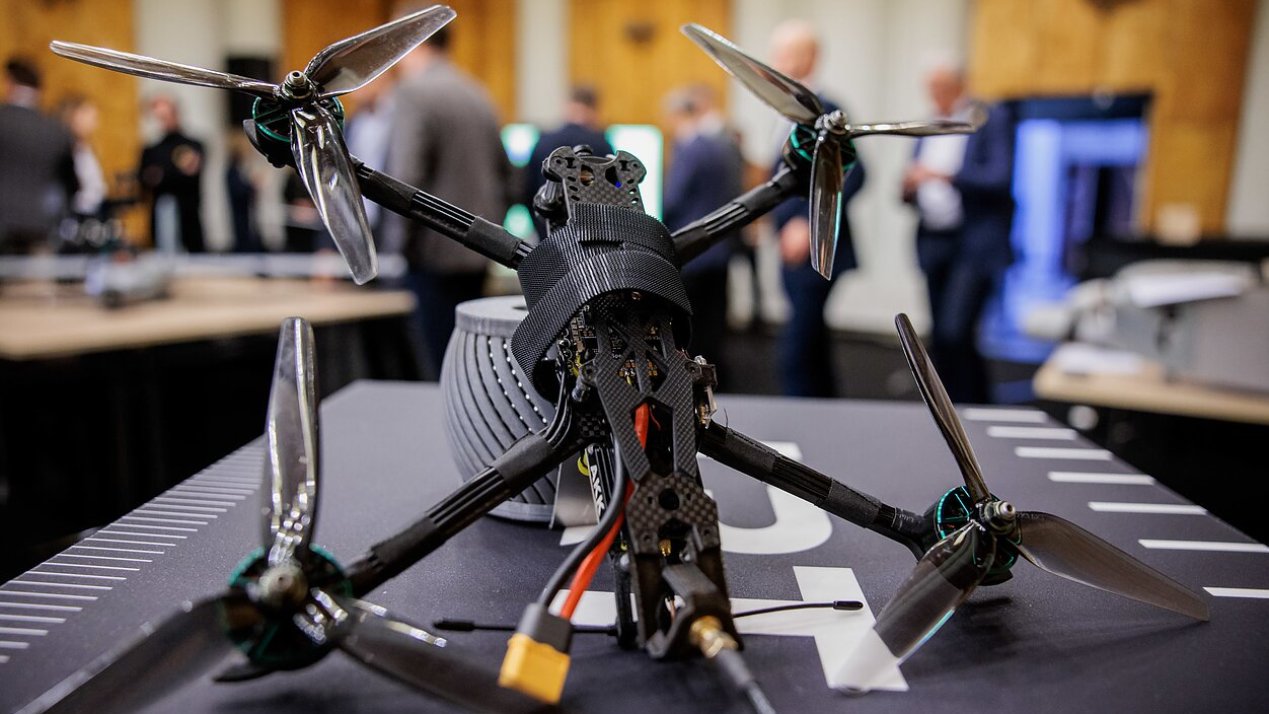The European Union’s plan to build a “drone wall” to protect its airspace faces major challenges related to funding, coordination, and technology. European Commission President Ursula von der Leyen announced the initiative in September, shortly after NATO shot down drones that entered Polish airspace, exposing gaps in the alliance’s defenses. EU leaders will discuss the proposal at an informal summit in Copenhagen, though officials acknowledge that full implementation could take years.
“This is not a concept that will materialize in the next three or four years—or even longer,” said German Defense Minister Boris Pistorius in Warsaw. The EU has yet to decide who will coordinate the project or how national and regional systems will be integrated. One official described the “drone wall” as a public relations term masking deep operational complexity. Another cited challenges in deploying it along the EU’s eastern border, where dense civilian air traffic increases the risk of collateral damage.
Latvian President Edgars Rinkevics said drones are “a very important factor in warfare,” but emphasized that traditional air and missile defense remains the “number one issue.” Referring to a recent violation of Estonian airspace by Russian fighter jets, he urged NATO to reassess its engagement rules. Rinkevics also noted the rapid pace of technological change, remarking that “a great technology in 2024 is no longer great in October 2025,” and adding that Europe “should have had this drone wall a year or two ago.”
Funding remains a major obstacle. Member states have until late November to apply for the EU’s €150 billion defense loan fund, with no new budget expected before 2028. As part of its support for Ukraine, €6 billion from a Group of Seven loan backed by profits from frozen Russian assets will finance a “drone alliance” with Kyiv, while another €4 billion could be available by year-end. Although primarily intended for Ukraine, EU officials hope the partnership will provide access to Ukrainian drone technology and manufacturing capabilities.
The urgency of the issue has been underscored by recent airspace violations across Europe. Poland, Romania, and Estonia have reported incursions by Russian drones and jets, while Denmark temporarily closed airports in Copenhagen and Aalborg after drone sightings. Danish Prime Minister Mette Frederiksen said she could not “rule out” Russian involvement, though no evidence has confirmed it. Defense Minister Troels Lund Poulsen described the incidents as a “hybrid attack,” noting that some drones appeared to have been launched locally.
“These events show there is no single capacity that will make this go away,” Poulsen said. EU officials met in late September to assess material and funding needs, with European Commissioner for Defence Andrius Kubilius identifying radars, jammers, and interceptors as top priorities. Drone activity has also disrupted civil aviation, including a recent incident at Munich Airport that grounded flights and affected more than 3,000 passengers.
